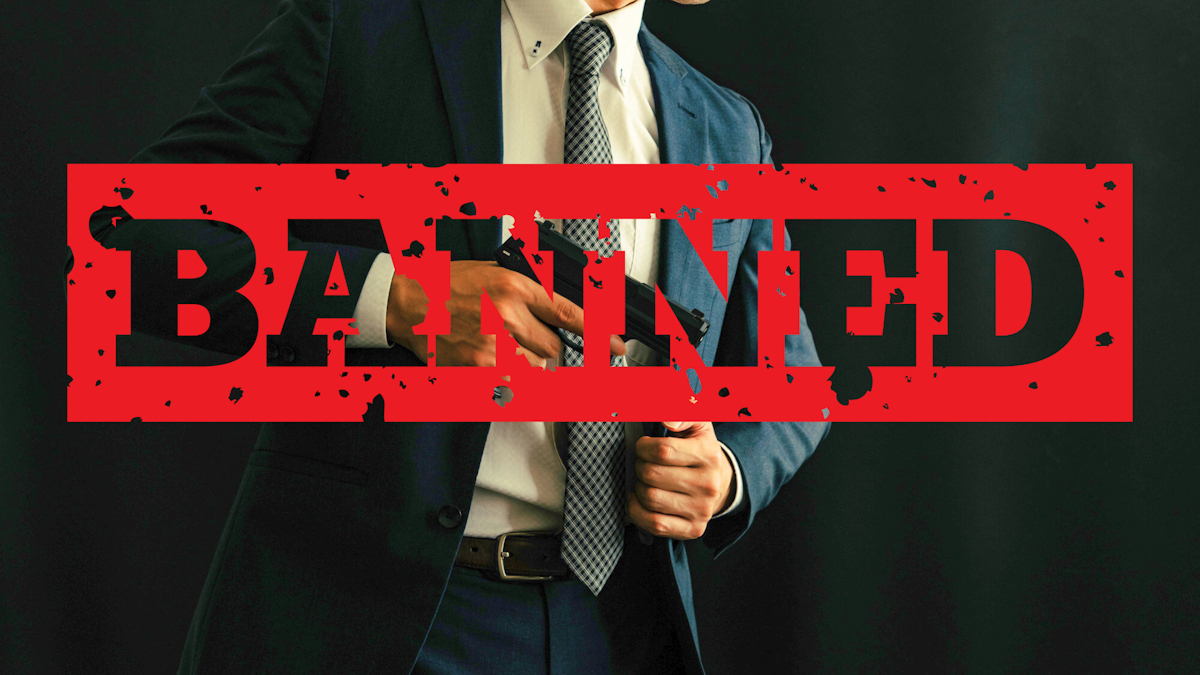There are few places in the world where you can walk the streets day or night with complete peace of mind. Japan is undoubtedly one of them. Alongside cultural norms and a strong sense of social responsibility, one key reason for the country’s extraordinary safety is its strict control over weapons.
Guns, in particular, are tightly restricted. Manufacturing, selling, importing, or owning firearms is largely forbidden. According to Article 3 of Japan’s Firearm and Sword Control Law: “No person shall possess firearms, crossbows, or swords except under certain specified circumstances.”
For centuries, Japan has jealously guarded its reputation as a gun-free nation, offering a striking contrast to countries where owning a firearm can be as easy as grabbing a morning coffee. And by most measures, it’s worked – keeping the country’s streets, schools, and neighborhoods far safer.
Of course, no system is perfect. Occasionally, incidents slip through the cracks. In this article, we’ll look at how Japan’s strict laws keep gun violence at nearly nonexistent levels.
Table of Contents
ToggleFew exceptions
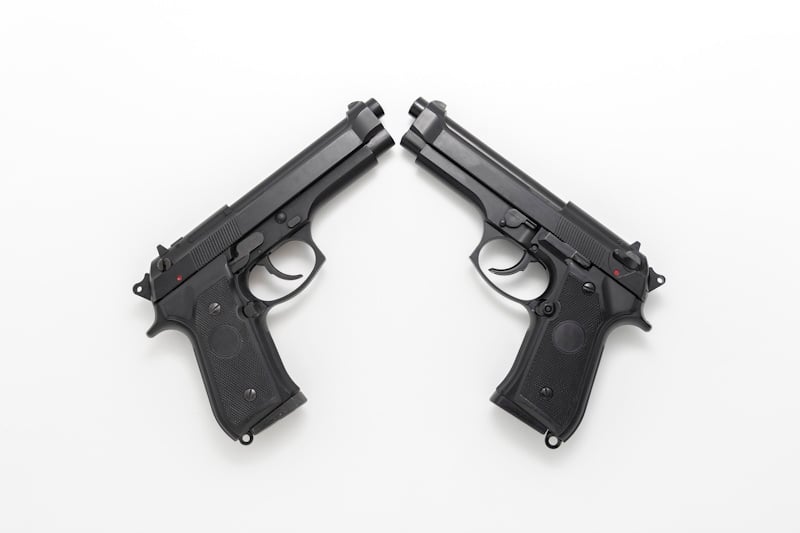
Japan keeps a tight grip on firearms under the Act on Control of Firearms and Swords, among the strictest in the world. Under this law, anyone caught with a firearm – whether handguns, rifles, cannons, or even hunting guns – without proper authorization faces serious consequences.
There are exceptions, but they are narrow: police, licensed instructors, and specially approved hunters. Even then, obtaining a license is no walk in the park: it requires medical checks, intensive training, and rigorous testing. For ordinary citizens, private gun ownership is essentially off-limits.
And the penalties are harsh, too. Organized illegal possession can carry up to 15 years in prison. Fire a gun in public, and you risk life behind bars.
As for hunting firearms, they exist under strict regulations, with mandatory training and monitored use. In 2022, the National Police Agency reported 150,728 licensed hunting firearms.
Incidents like one recently in Nagano – where a legal hunting gun ended up in a crime – have sparked debates and led to tighter rules. Police also urge owners to turn in firearms they haven’t used in over two years.
Japan’s control goes far beyond ownership. Even encouraging or helping others to possess guns illegally—posting videos, sharing prices, or explaining how to make firearms—can result in up to a year in prison or fines of up to 300,000 yen. This issue gained renewed attention after former Prime Minister Abe Shinzo’s assassination with a homemade gun, reportedly built using online resources by the perpetrator, Yamagami Tetsuya.
For outsiders, it may seem extreme that merely talking about guns could land someone in prison. But this meticulous system is a cornerstone of Japan’s safety. The law doesn’t just regulate guns: it regulates the very thought of using one.
Knowing that even words or gestures carry consequences keeps most people far away from firearms. In Japan, safety starts long before a gun ever leaves its case.
Disarmed by design
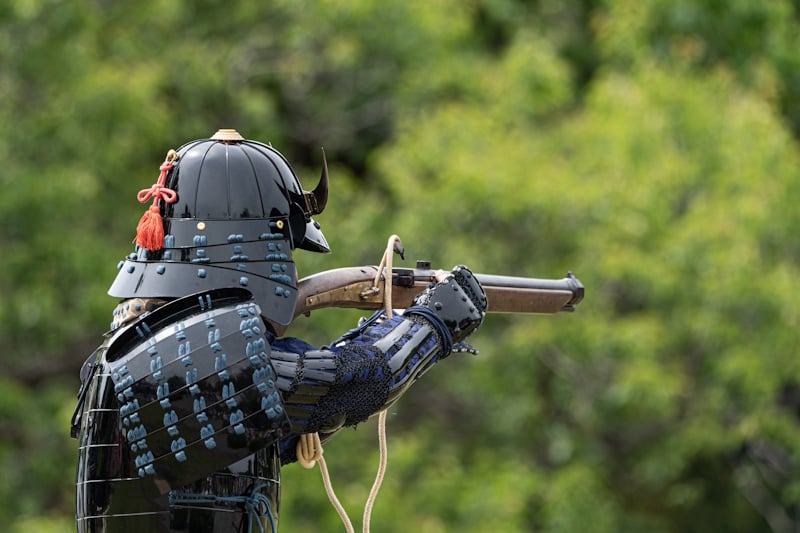
Japan’s reputation as a gun-free country is well-known. But how did it get that way? The truth is, that wasn’t always the case.
In its history, guns and swords saw significant use, whether by criminal groups, rioters, or during uprisings. Yet over centuries, Japan gradually restricted access so tightly that today, even a single gun-related incident can ignite national debate about safety and regulation.
The roots of Japan’s weapon-free culture run deep. Like any nation, it once relied on arms to defend against invaders, bandits, looters, and wild animals. But unlike elsewhere, Japanese authorities took decisive steps to limit weapons, starting centuries ago.
Planning a trip to Japan? Get an authentic, interpreted experience from Unseen Japan Tours and see a side of the country others miss!

"Noah [at Unseen Japan] put together an itinerary that didn’t lock us in and we could travel at our own pace. In Tokyo, he guided us personally on a walking tour. Overall, he made our Japan trip an experience not to forget." - Kate and Simon S., Australia

See a side of Tokyo that other tourists can't. Book a tour with Unseen Japan Tours - we'll tailor your trip to your interests and guide you through experiences usually closed off to non-Japanese speakers.


Want more news and views from Japan? Donate $5/month ($60 one-time donation) to the Unseen Japan Journalism Fund to join Unseen Japan Insider. You'll get our Insider newsletter with more news and deep dives, a chance to get your burning Japan questions answered, and a voice in our future editorial direction.
Many cite Toyotomi Hideyoshi’s 1588 sword hunt, when he ordered farmers to surrender their swords to prevent uprisings. But the practice started long before. In the Kamakura period, Hōjō Yasutoki, regent of the shogunate, tried to disarm monks. Later, his successors extended this to the general population. What began as a move to consolidate power and suppress rebellion eventually set the stage for Japan’s deep-rooted scarcity of weapons.
Hideyoshi’s sword hunt accelerated this trend. By separating warriors from farmers, he helped shape the samurai class and established a proto-policy of weapons control that endured into the Edo period.
After the Meiji Restoration in 1876, even samurai had to comply with stricter rules. Swords remained, but only as symbols of status, not tools of war.
The trajectory continued after World War II, when the Allied Occupation authorities (GHQ) banned all firearms and swords, confiscating three million nationwide. These measures eventually evolved into the modern Gun and Sword Control Law, which still governs Japan today.
It may seem ironic that a nation famed for its swords repeatedly disarmed itself. Yet whether motivated by a genuine desire for peace or by sheer assertion of authority, these moves laid the groundwork for Japan’s modern weapon-free culture. Today, swords survive as cultural treasures and symbols of craftsmanship, while real weapons have all but disappeared.
Layer by layer, over centuries, Japan quietly built a society where guns and arms simply don’t belong.
When guns appear
Gun violence is almost nonexistent in Japan. That image holds true for the most part. Yet in recent years, a few rare but shocking incidents have reignited debate over weapons – and guns in particular.
The most infamous came on July 8, 2022, when former Prime Minister Abe Shinzo was gunned down during a campaign speech in Nara. Abe, one of Japan’s most influential political leaders, was shot at close range by 41-year-old Yamagami Tetsuya.
Japan had not seen a political assassination since 2007, when Nagasaki Mayor Ito Itcho was killed by a man with organized crime ties. But Abe’s murder cut deeper. It raised troubling questions about gun access, homemade weapons, and whether Japan’s famously strict controls were as unbreakable as once believed.
The weapon Yamagami used was not smuggled in or stolen. It was homemade. Two metal pipes, taped together. A battery to trigger an electric charge. Gunpowder and bullets he assembled himself. He reportedly found instructions online.
That turned attention to the digital sphere: how easy is it to learn to build a weapon in a country where buying one is nearly impossible?
“This is not only rare but truly culturally incomprehensible. The people of Japan cannot imagine having a gun culture like we do in the United States,” said Nancy Snow, director of the International Security Industry Association, after the attack.
Just a year later, Japan faced another shock. On May 25, 2023, in Nakano City, Nagano Prefecture, 31-year-old Aoki Masanori opened fire with a licensed hunting rifle. He killed two women and two police officers before barricading himself in a house, where he was arrested the next day. Japan had not seen police officers killed in a public shooting since 1990 in Okinawa.
Two shootings in two years may not seem dramatic by international standards. But for Japan, where such incidents are virtually unheard of, they were seismic. The response was swift. Within a year, lawmakers tightened hunting gun regulations and introduced new measures to curb the spread of homemade firearms, further fortifying the already strict Gun and Sword Law.
By the numbers
Recent incidents certainly stirred public debate and stirred anxiety. Yet the idea that Japan is becoming less safe, or that guns are spreading rapidly, is likely an exaggeration driven by the shock of rare events. It’s similar to claims about rising crime linked to foreigners: more reporting makes it feel larger than it really is.
So what do the numbers say?
Planning a trip to Japan? Get an authentic, interpreted experience from Unseen Japan Tours and see a side of the country others miss!

"Noah [at Unseen Japan] put together an itinerary that didn’t lock us in and we could travel at our own pace. In Tokyo, he guided us personally on a walking tour. Overall, he made our Japan trip an experience not to forget." - Kate and Simon S., Australia

See a side of Tokyo that other tourists can't. Book a tour with Unseen Japan Tours - we'll tailor your trip to your interests and guide you through experiences usually closed off to non-Japanese speakers.


Want more news and views from Japan? Donate $5/month ($60 one-time donation) to the Unseen Japan Journalism Fund to join Unseen Japan Insider. You'll get our Insider newsletter with more news and deep dives, a chance to get your burning Japan questions answered, and a voice in our future editorial direction.
Gun ownership in Japan remains extremely low. In 2017, there were just 0.25 guns per 100 people. Obtaining a license is a long, rigorous process, limited to those with work-related necessities. Applicants undergo health evaluations, drug tests, background checks, financial screenings, and even personal relationship checks.
Illegal firearms remain rare as well. Police seized 295 handguns in 2021, rising to 394 in 2024, 24 of which were linked to organized crime. While these numbers suggest a slight increase, in the context of Japan’s 125 million population, they remain minimal.
Gun law violations are also limited. In 2024, authorities arrested 147 individuals. Actual shootings remain rare. Between 2017 and 2024, annual shootings ranged from 10 to 22, with casualties peaking at 12. Most involved organized crime. In 2018, nine people died from gun-related accidents. For comparison, the U.S. saw 39,740 gun deaths that year.
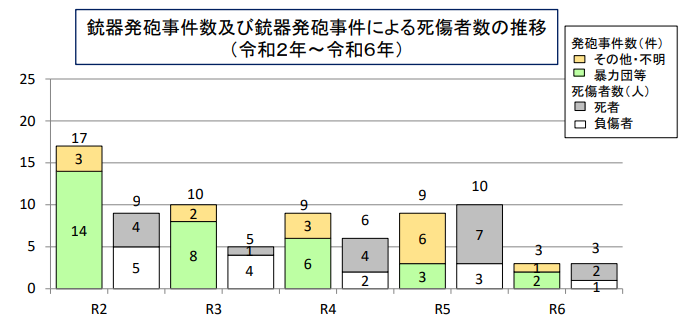
The contrast is striking, even accounting for the very different contexts of the two countries. Gun violence in the U.S. has been rising, with 3,500 more deaths in 2021 than the year before, and mass shootings have become tragically common. Between August 2021 and May 2022, U.S. schools experienced 193 shootings – a record high. In Japan, by contrast, even a single shooting sparks national debate, showing just how rare such events are. In both numbers and impact, the gap could hardly be wider.
Safe streets
Japan’s low levels of gun violence make the country feel unusually safe and highly livable, something newcomers notice right away. The near absence of firearms adds a quiet sense of security to daily life, from commuting to strolling the streets. That isn’t to say Japan is without risks – the country still faces safety issues that are serious in their own right. Safety in the realm of guns isn’t accidental; it reflects long-term choices about what society and authorities prioritize.
In Japan’s case, this near-weapon-free reality has deep roots. Centuries of disarmament, strict regulations, and social norms have made firearms largely irrelevant to daily life. That long history shapes how people live; rare incidents may grab headlines, but they barely shake a system built steadily, over generations.
Why this page doesn't look like crap
You may notice a few things about this page. First, it’s mostly content – not ads. Second, this article was written by a human, not a plagiaristic Turing machine.
Unseen Japan is a collective of independent authors. We work hard to keep our content free of intrusive ads and AI slop.
Help us keep it that way. Donate to the Unseen Japan Journalism Fund to support our work. Regular donors will receive Insider, our paid newsletter with weekly bonus content about Japan. Plus, your contribution will help us produce more content like this.
What to read next
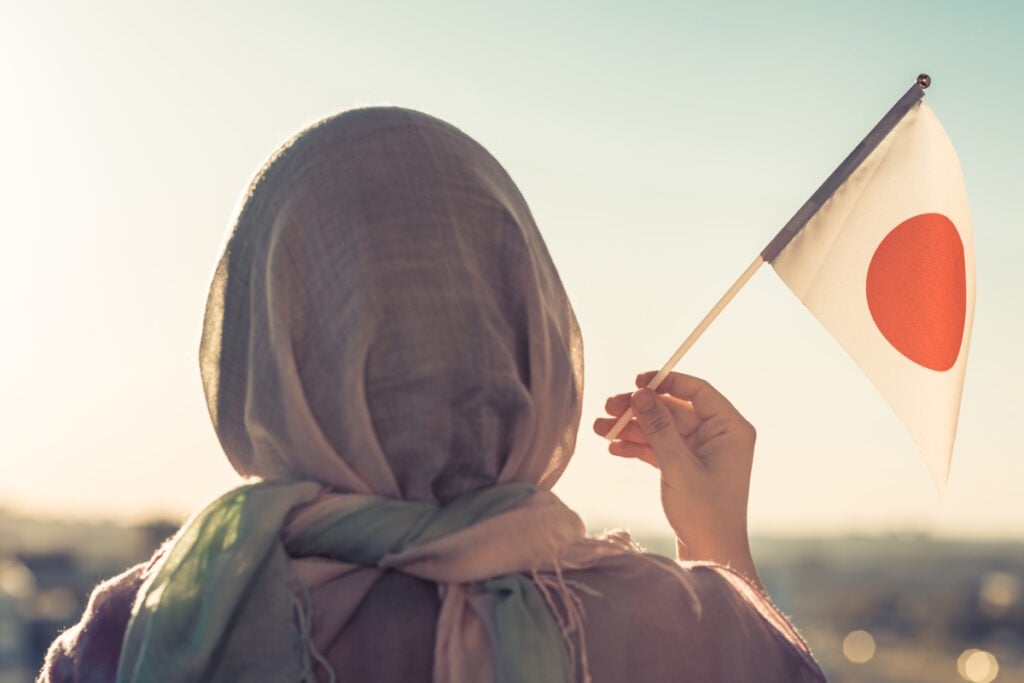
False Claim of “Muslim Lunches” Makes Japan’s Kitakyushu a Hate Target
No, the city of Kitakyushu isn’t offering “Muslim lunches” to students. Other schools in Japan, however, have – and with heartwarming results.
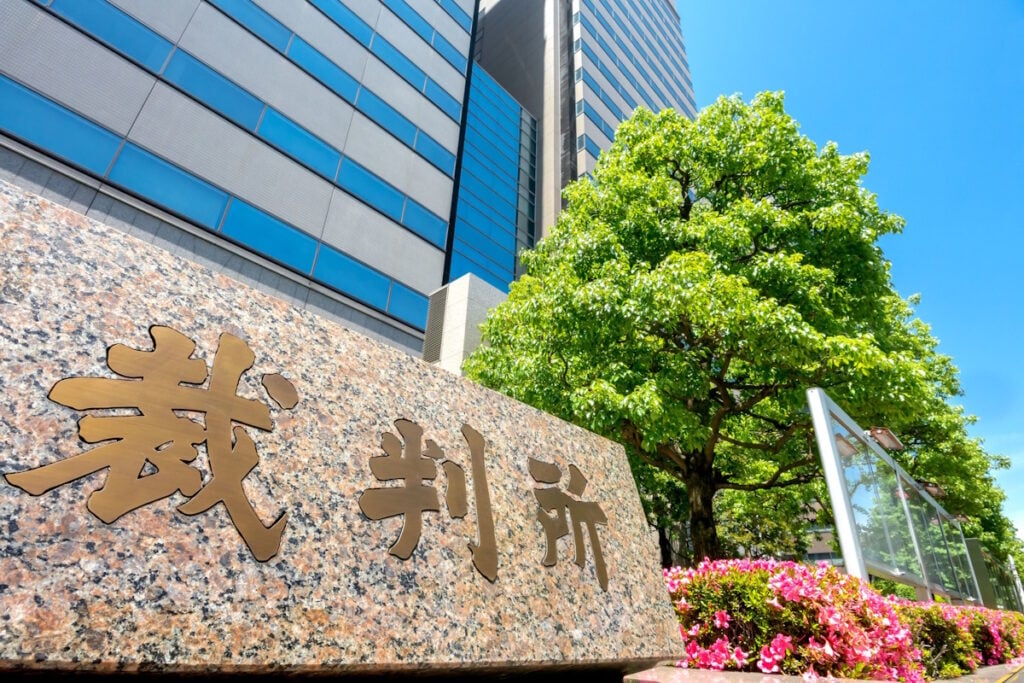
Tokyo Court: Company President’s Harassment Led to Employee’s Suicide
The woman, an employee of cosmetics maker D-Up, said the company’s president called her a “stray dog” before putting her on leave.

Fear of a Black Japan: A “Hometown” Program With Africa Sparks Racist Protests
A simple misunderstanding led some Japanese citizens to protest an initiative they worry will lead to a flood of African immigrants.
Sources
(2024年6月)銃刀法が改正されました! 警察庁
手製銃や猟銃、悪用防止へ規制強化 銃刀法改正検討 Nikkei
日本が治安が良く銃社会にならなかったのは豊臣秀吉の刀狩りのおかげなのか? Yahoo News Japan
日本の厳しい銃規制法、銃撃事件はまれ CNN
銃のない日本は天国? 帰国したがらない在日米国人たちの声 MAG2NEWS
拳銃所持は何罪?逮捕の可能性はある?拳銃所持について詳しく解説 弁護士ほっとライン
中野 4人殺害事件から2年 初公判 刑事責任能力が争点に NHK
銃による米国の死者数、21年は過去最多に 自殺も増加 Nikkei
